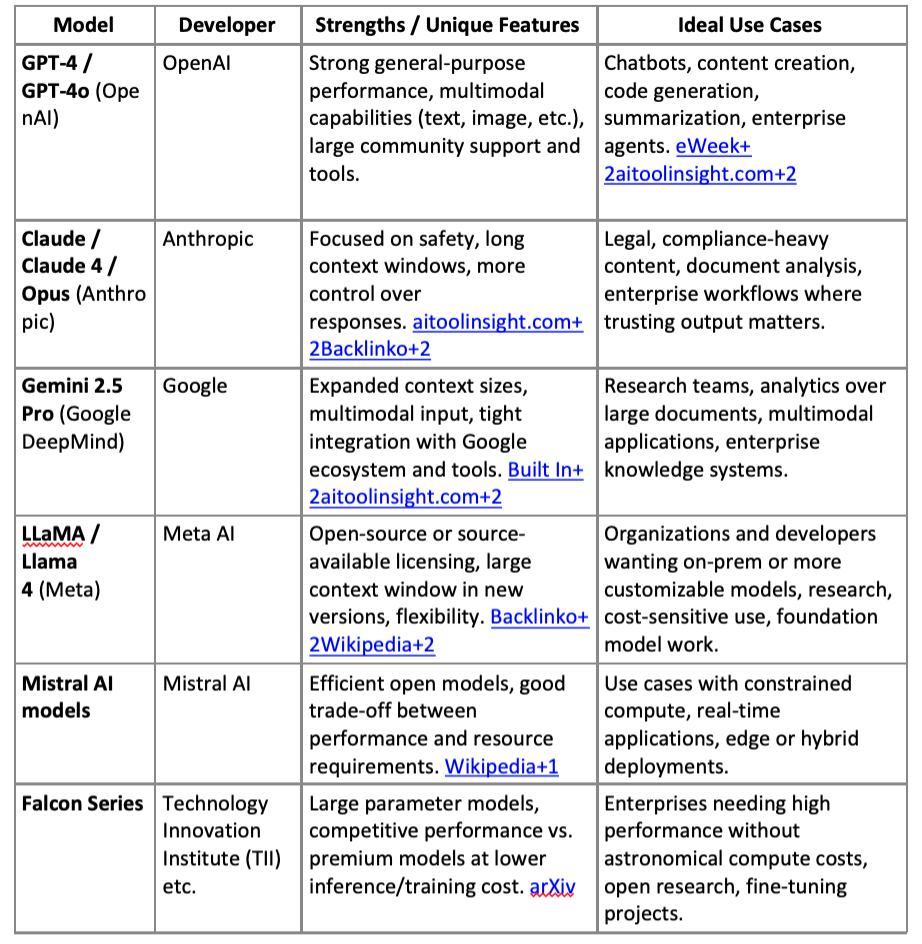ROI for AI Predictive Analytics
- Ken Eng
- Jun 12
- 2 min read
As of my last update in September 2021, I can provide some general information about the potential return on investment (ROI) for predictive analytics in quality assurance. However, it's essential to note that specific ROI figures can vary significantly depending on the industry, company size, the quality of data used, the complexity of predictive models, and the extent of implementation. Predictive analytics in quality assurance involves leveraging data and advanced algorithms to identify patterns, anticipate defects, and optimize processes to improve product or service quality.
Here are some potential benefits that can contribute to ROI:
Reduced Defects and Rework: Predictive analytics can help identify potential quality issues early in the production process, enabling organizations to take preventive measures and reduce defects. This, in turn, lowers the need for rework, saving both time and resources.
Enhanced Productivity: By predicting potential quality problems, companies can focus their efforts on areas that require attention the most. This targeted approach can result in improved productivity and efficient allocation of resources.
Better Decision Making: Data-driven insights from predictive analytics can aid in making informed decisions related to process improvements, resource allocation, and risk mitigation. Improved decision-making can have a positive impact on operational efficiency and cost-effectiveness.
Customer Satisfaction: Higher quality products or services lead to increased customer satisfaction and loyalty. Satisfied customers are more likely to become repeat buyers and recommend the business to others, ultimately driving revenue growth.
Early Equipment Maintenance: Predictive analytics can be applied to identify potential equipment failures before they occur. Implementing timely maintenance can prevent costly breakdowns and production delays.
Optimized Supply Chain: Predictive analytics can be utilized to forecast demand and optimize inventory levels, ensuring that the right quantity of materials is available when needed. This can minimize excess inventory costs and stockouts.
Compliance and Risk Mitigation: By proactively addressing quality issues, businesses can reduce compliance-related risks and potential legal liabilities, which can save significant costs.
To determine the precise ROI of implementing predictive analytics in quality assurance for a specific organization, a comprehensive cost-benefit analysis and post-implementation evaluation are necessary. It's essential to compare the costs of acquiring and implementing the technology, training staff, and maintaining data infrastructure with the tangible and intangible benefits gained from the improved quality assurance process.
Real-world examples and case studies from companies that have implemented predictive analytics in quality assurance can provide valuable insights into potential ROI figures. Keep in mind that the technology and practices surrounding predictive analytics may have evolved since my last update, so I recommend consulting more recent sources and industry experts for the most up-to-date information.






Comments